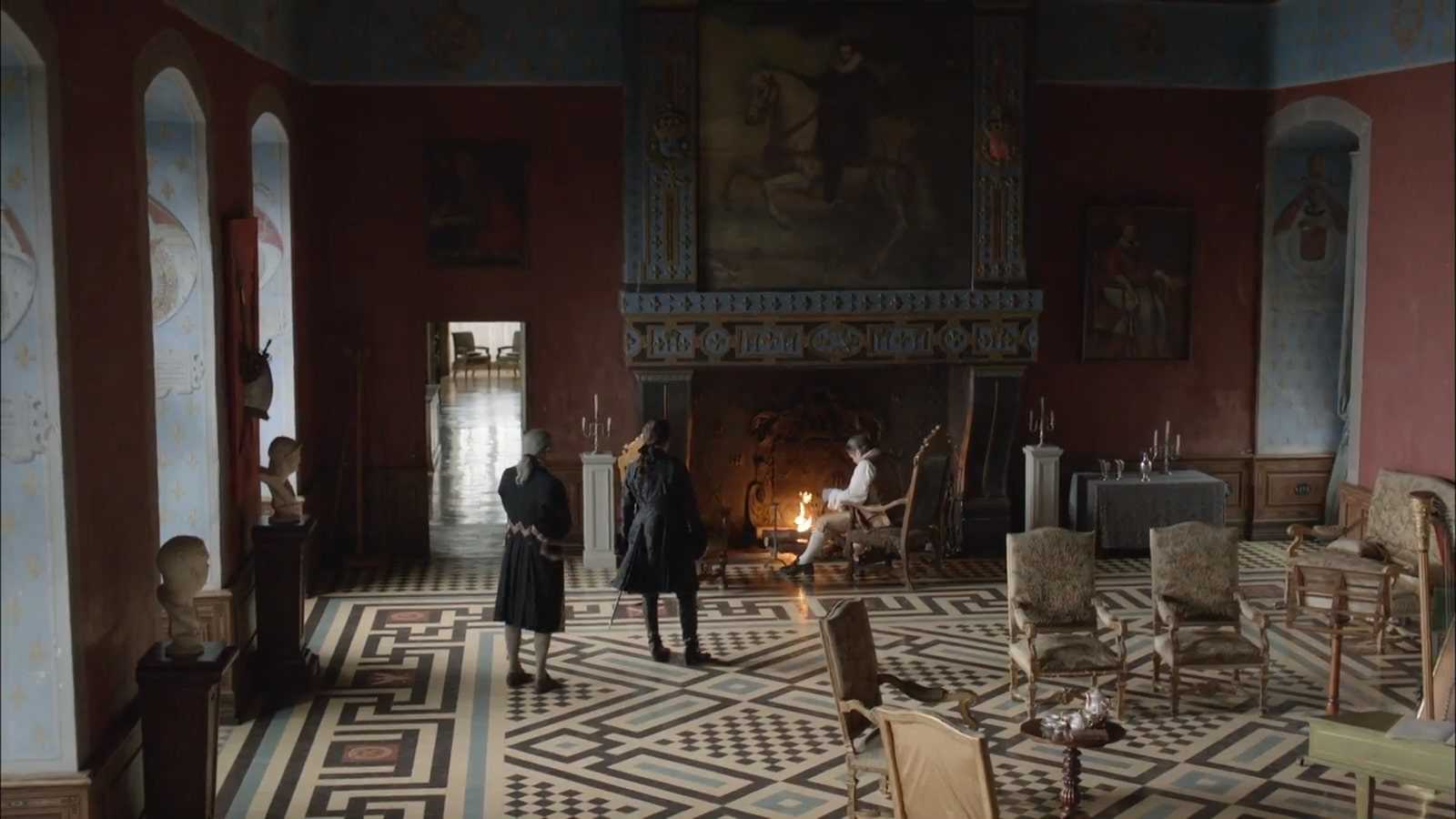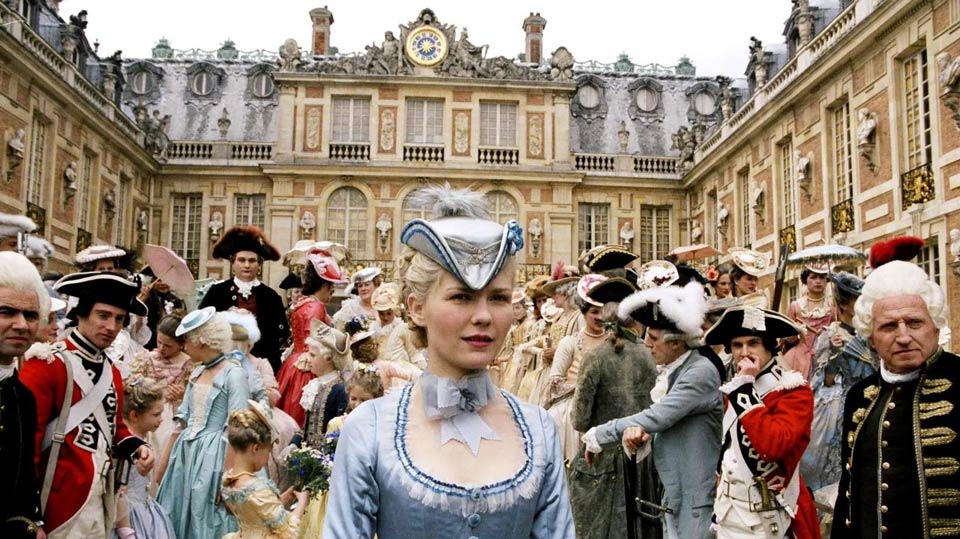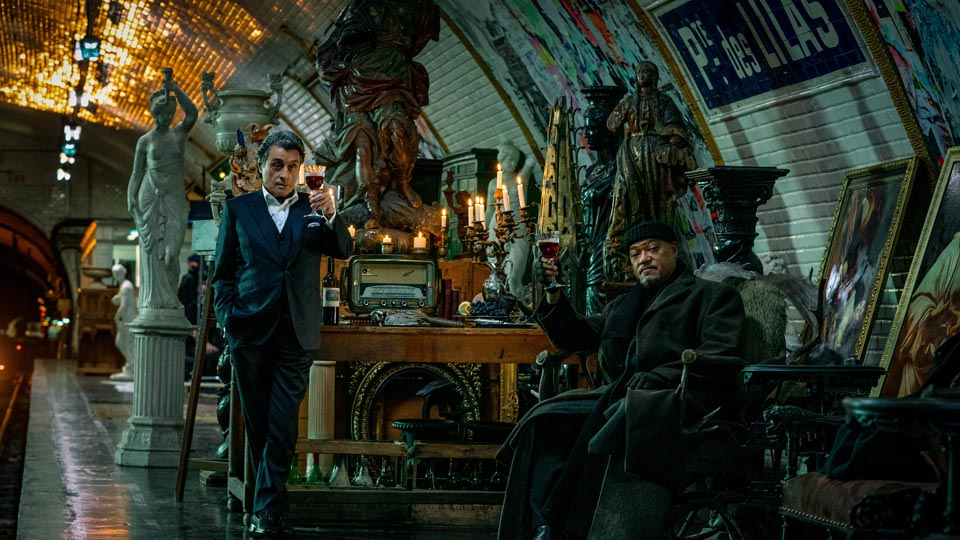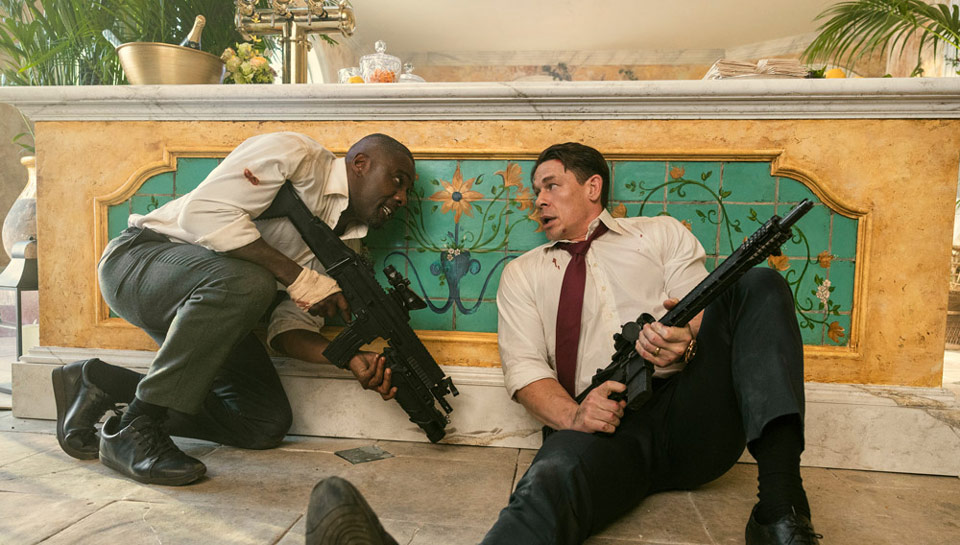Château de Chantilly
It is a real fairy tale castle, with four round white stone towers and a fabulous neo-Gothic style. On the façade - where statues of knights, gargoyles and magnificent balustrades can be seen - a sumptuous staircase climbs up to complete the harmony of the place. The longère and the castle are reflected in the waters of a pond which offers the calm and the shelter of its banks. Built at the end of the 13th century, the castle of the White Queen owes its name to Blanche de Castille (1188-1252), the queen who died before the end of its construction. It is a magnificent place that naturally attracted many film shoots, including a James Bond movie: in 1985, Dangerously yours was set on the property, which became, for the duration of the film, the private castle of the evil Count Zorin, played by a bleached Christopher Walken. More recently, The Gray Man, an action movie produced by Netflix, went further. One remembers the moment when Chris Evans, a hysterical agent engaged in a murderous race, cries out, gun in hand: "You're forcing me to destroy a historical monument!" Indeed, the castle becomes in the last half hour of the film the place of the confrontation between Chris Evans and Ryan Gosling - the famous Gray Man - who shoot each other and explode some parts of the set in very impressive action scenes ...
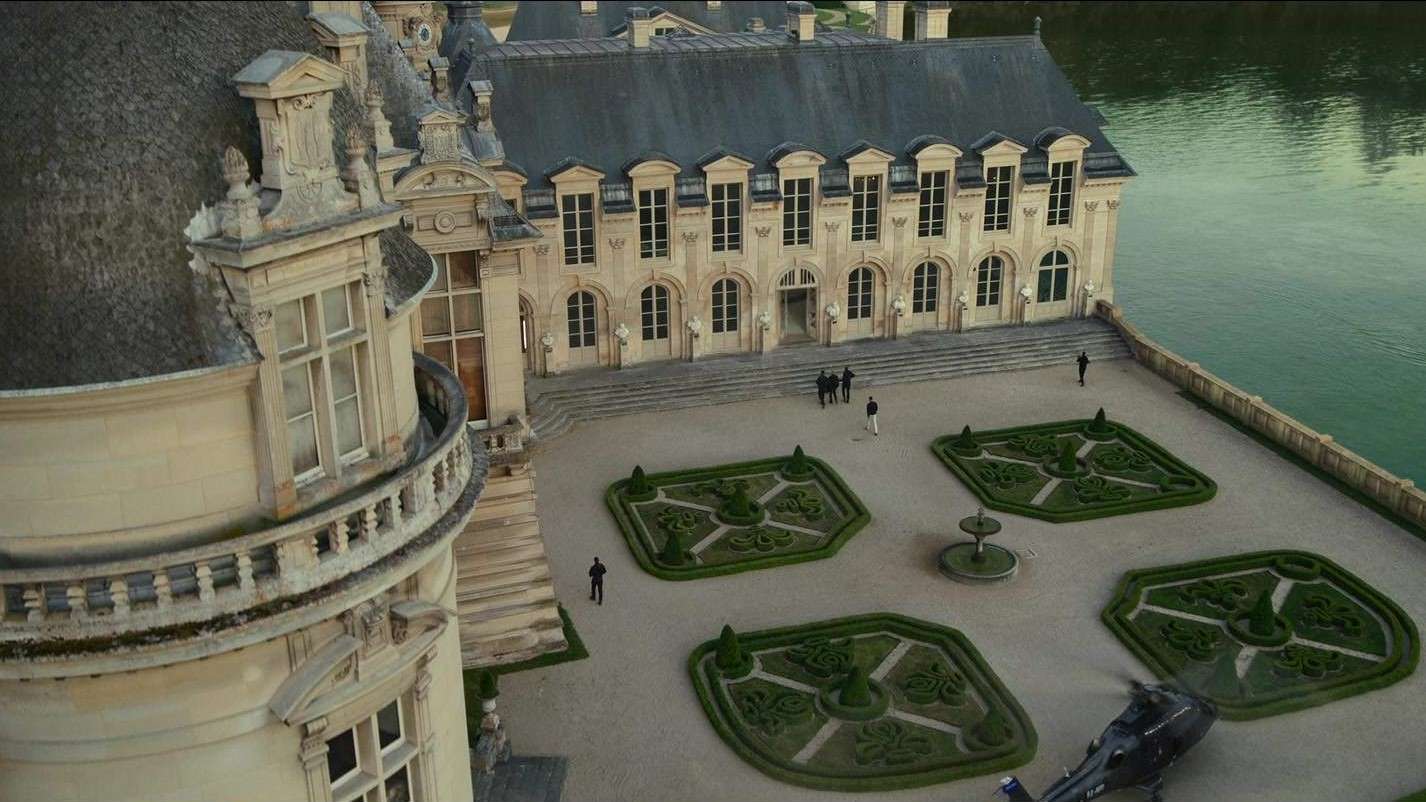
Château de Chenonceau
Built on the Cher river, which it spans with a bridge-gallery unique in France, Chenonceau is one of the wonders of the Loire. Nicknamed the castle of the ladies, its history is linked to the succession of its owners, who regularly modified its aspect to reach its current splendor. Out of the ordinary, this edifice, which combines Italian influence with Gothic elements, has confronted the different architects and builders with numerous difficulties: building a castle on water, raising the gardens to avoid flooding... It is undoubtedly this atypical DNA that has seduced Hollywood cinema. As proven by the recent series The Serpent Queen, which chose to set its action there. This production tells the story of the rise of Catherine de Medici at the court of François I and chooses a violent and even sometimes trashy narration. It was the least that could be done to portray a woman who managed to master the machinery of the French monarchy better than anyone else, and who ruled France underhandedly for nearly fifty years. In this story, the castle of Chenonceau offers a sumptuous setting for the political turpitudes of this woman of power who was as skillful as manipulative.
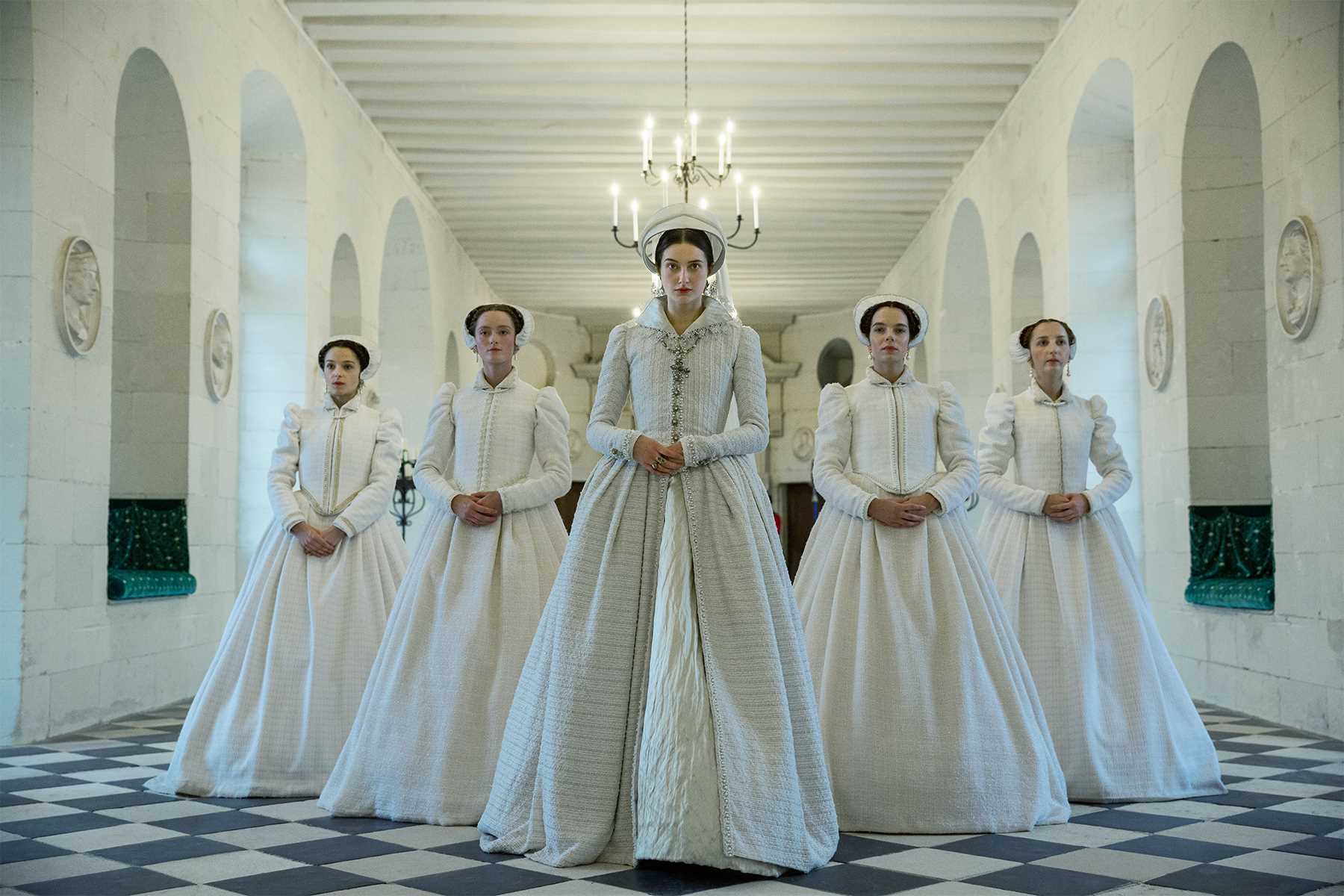
Château de Vaux-le-Vicomte
50 kilometers from Paris, Vaux-le-Vicomte is one of the most famous castles in France. With its 6,400 square meters, its 40 hectares of formal gardens and its unique dome-shaped roof, it is said to have served as a model for the Château de Versailles. The result of the collaboration between the architect Louis Le Vau and the landscape designer André Le Nôtre, this architectural diamond took thirteen months to complete and mobilized thousands of workers. The castle quickly became a real instrument of power, which aroused the jealousy of Louis XIV to the point that Nicolas Fouquet, superintendent of finances and owner of the castle, was arrested and imprisoned in one of the most ruthless political settlements of the 17th century. Naturally, cinema made use of this extraordinary setting. From The Man in the Iron Mask (1988) to Marie-Antoinette (2006) and another James Bond film, Moonraker (1979), many American productions took advantage of the exteriors as well as the corridors of this fabulous edifice.
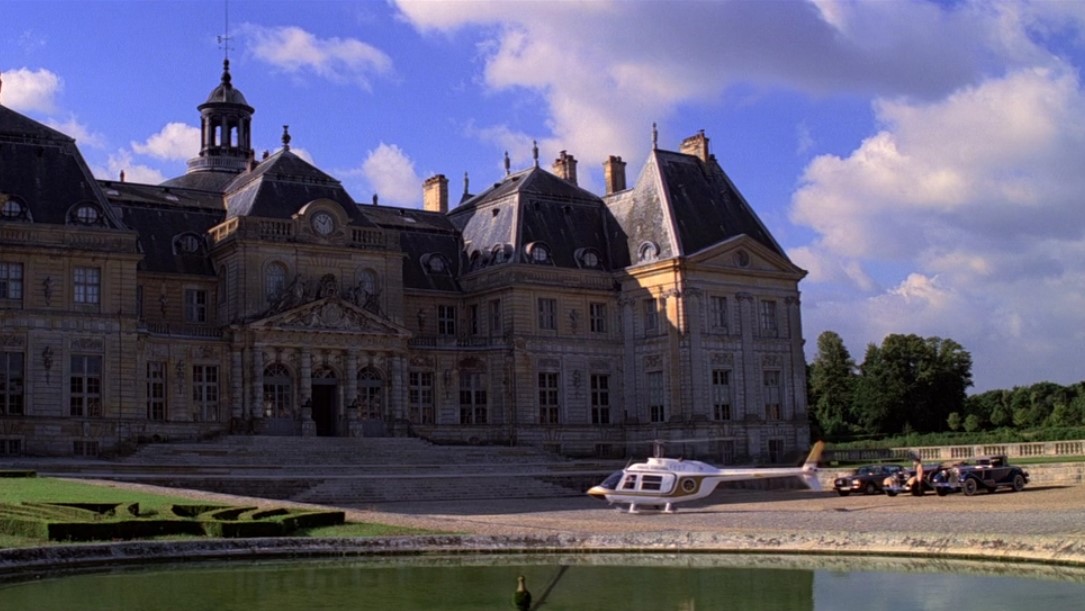
Château de Versailles
There is no need to present the jewel of French heritage. We all know the story: how Louis XIV transformed a modest hunting lodge inherited from his father into a palace without equal in Europe. And how from a fetid swamp, he created an extraordinary garden to assert his omnipotence... Versailles is a unique place that hosted film shoots since the origins of cinema. And very regularly, American films. From Sofia Coppola (Marie-Antoinette) to Woody Allen (Midnight in Paris), from Alan Rickman (The King's Gardens) to James Ivory (Jefferson in Paris), many Anglo-Saxon authors used Versailles as a setting for their films. Stephen Frears filmed his Dangerous Liaisons there and recently, actor Michael Douglas settled in the Sun King's residence for a mini-series produced by Apple TV+. Directed by the American Timothy Van Patten, Benjamin Franklin recounts the moment when the founding father of the United States tries to convince France to support the birth of American democracy.
Castles of Dordogne
Famous for having hosted the filming of Ridley Scott's Duelists (1977) and the romantic comedy Cinderella with Drew Barrymore (1998), the department of Dordogne in Southwest France is attracting more and more international blockbusters. In addition to its grandiose landscapes and its flamboyant nature, it has a major asset: its castles. Former conflict zone between France and England in the Middle Ages, the Dordogne is covered with fortified castles, abbeys and medieval manors. In this department, there are 1001 of them. And among them, two were recently used as a set for Ridley Scott's Last Duel. The first one, the castle of Beynac, allows to plunge into the time of Simon Montfort, Richard the Lionheart and more generally into the throes of the Hundred Years War. A typical fortress of the Middle Ages, its dungeon perched 150 meters above the Dordogne river offers a breathtaking panorama of the valley of the five castles. The second one, the castle of Fénelon is surrounded by a triple wall and testifies by its powerful architecture of the great hours of the history of France - it was successively a Cathar refuge, a strategic fortress during the Hundred Years' War and a royalist stronghold during the Wars of Religion.
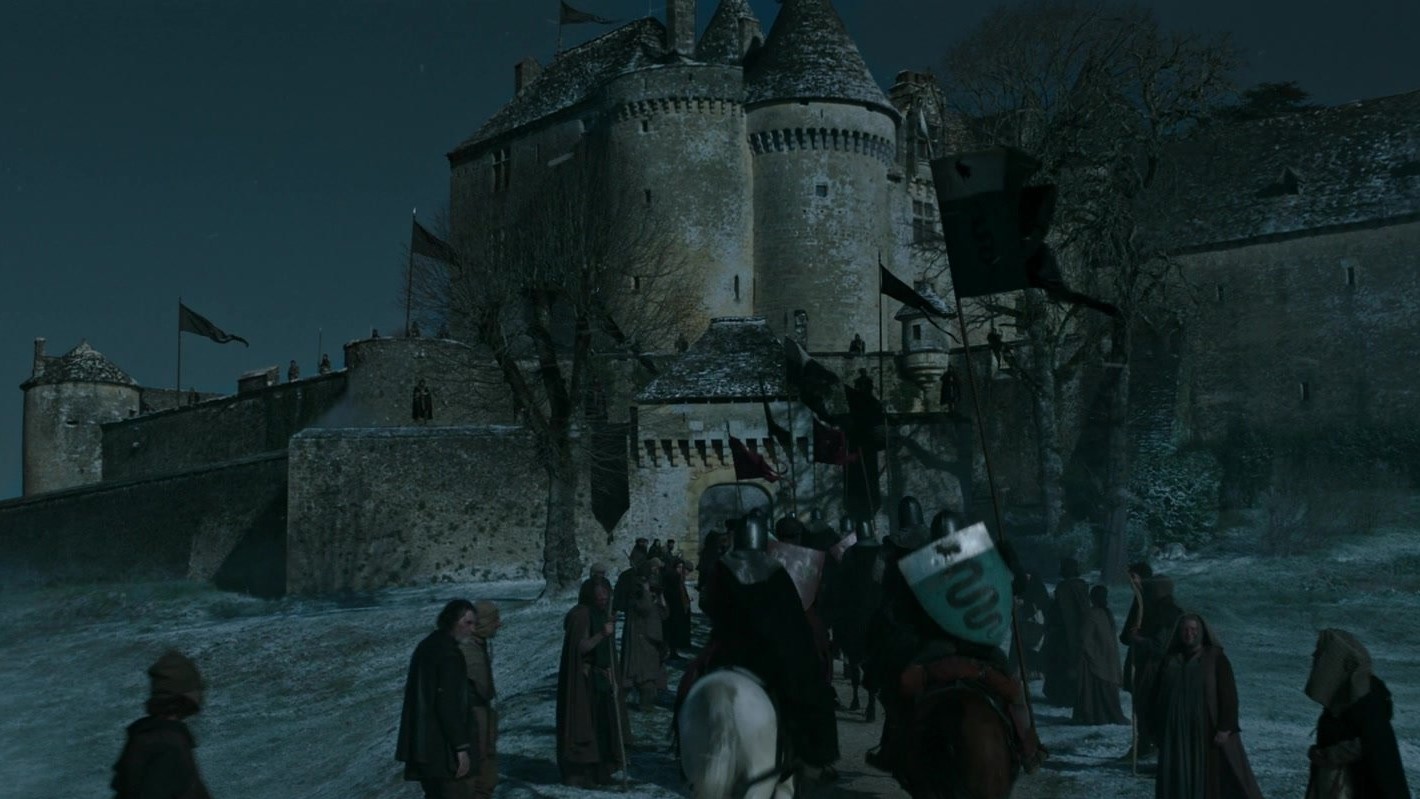
Château de Sonnay
A former medieval stronghold, the castle of Sonnay was built on a site inhabited since the Neolithic period. Halfway up the hillside, with a plunging view of the Vienne valley, Sonnay is a site that oozes sweetness... Opulent, of human dimension, typical of a certain provincial aristocracy, the white stone building is nothing but calm, luxury and pleasure. This is probably what attracted the production of Emily in Paris. In the series produced by Netflix, the castle of Sonnay is renamed castle of Lalisse. In the first season, one of Emily's friends is discovered to be the owner of a wine estate in financial difficulties. The young American comes to refresh herself and try to help the owners. In the second season, Emily returns to the land of Tours and once again stays in the shadow of the Loire Valley hills.
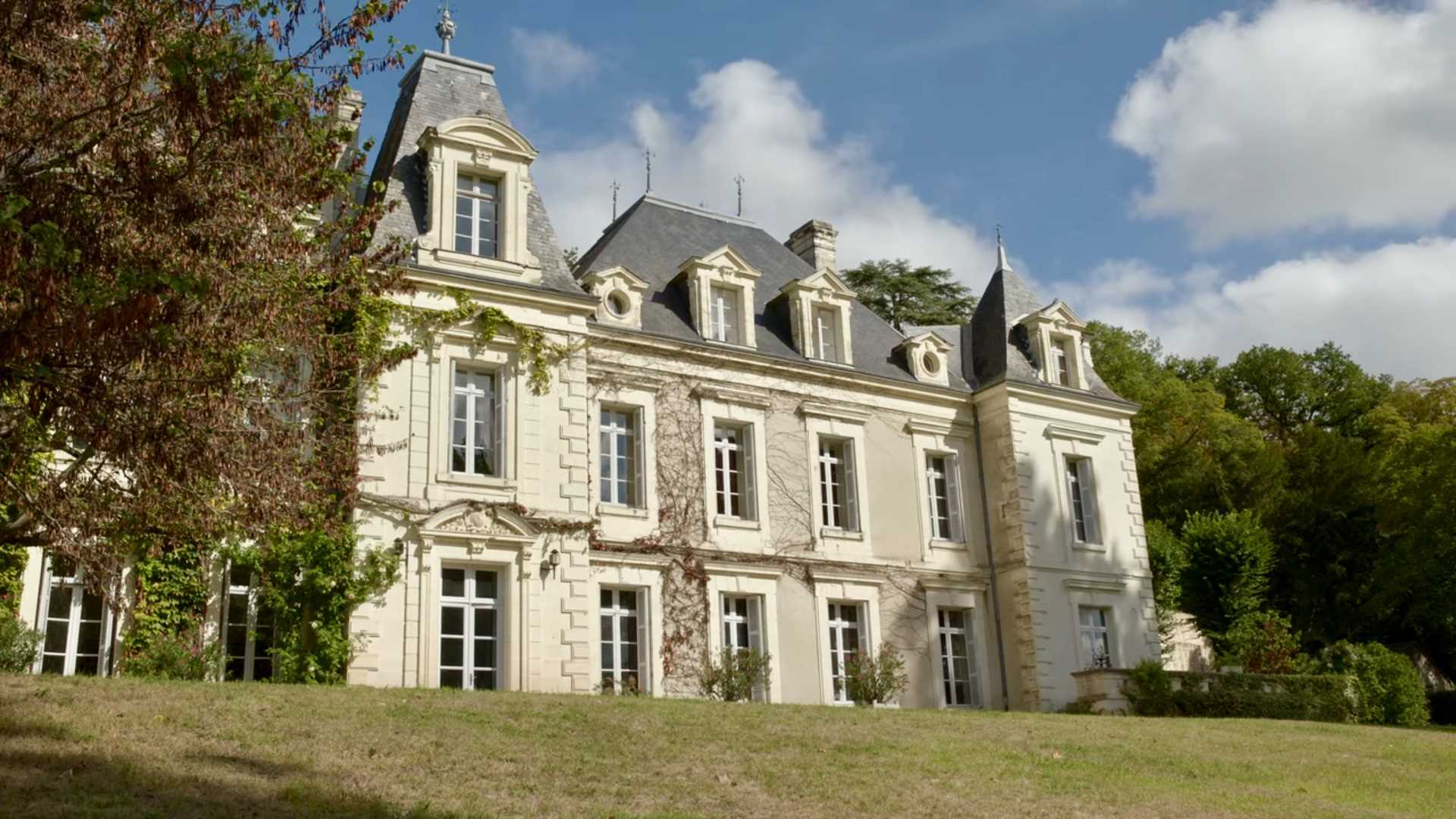
Château d’Ancy-Le-Franc
A Renaissance palace in the heart of Burgundy. A masterpiece by Sebastiano Serlio, the Italian architect of King François I, the Château d'Ancy-Le-Franc was built in the heart of an immense park for Antoine III de Clermont, the brother-in-law of Diane de Poitiers. Its majestic sculpted main courtyard, the decorated apartments, the galleries adorned with mythological and religious scenes, the huge rooms and the marble floors: to visit this castle is to go back five centuries. Russell Mulcahy was enchanted by Ancy-Le-Franc, where he shot some of the scenes from his film: sequences from Highlander take place there and allow us to see a piece of history completely dusted off.
